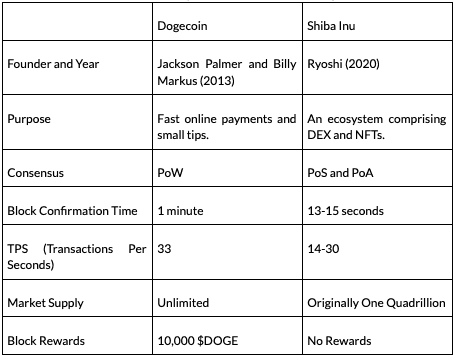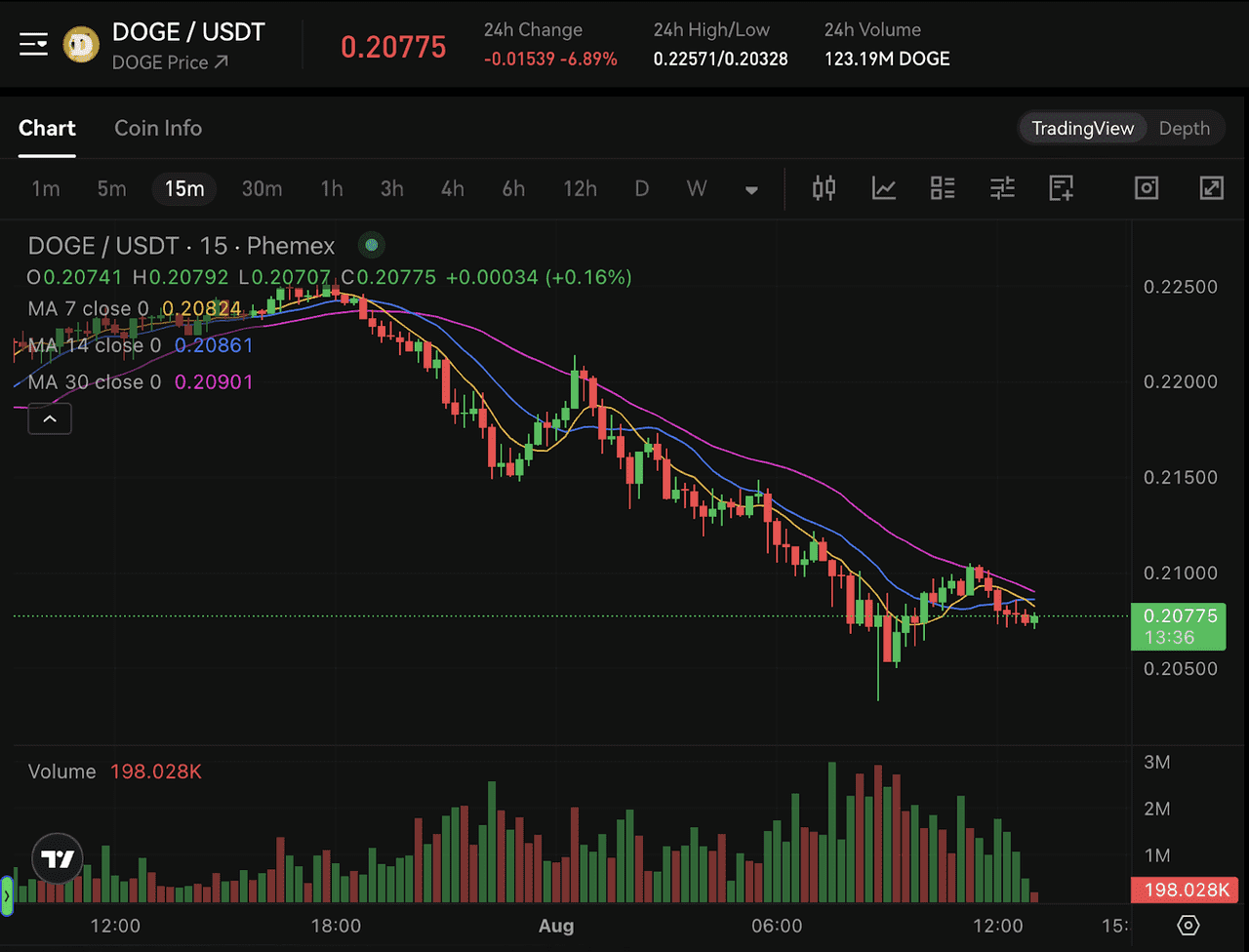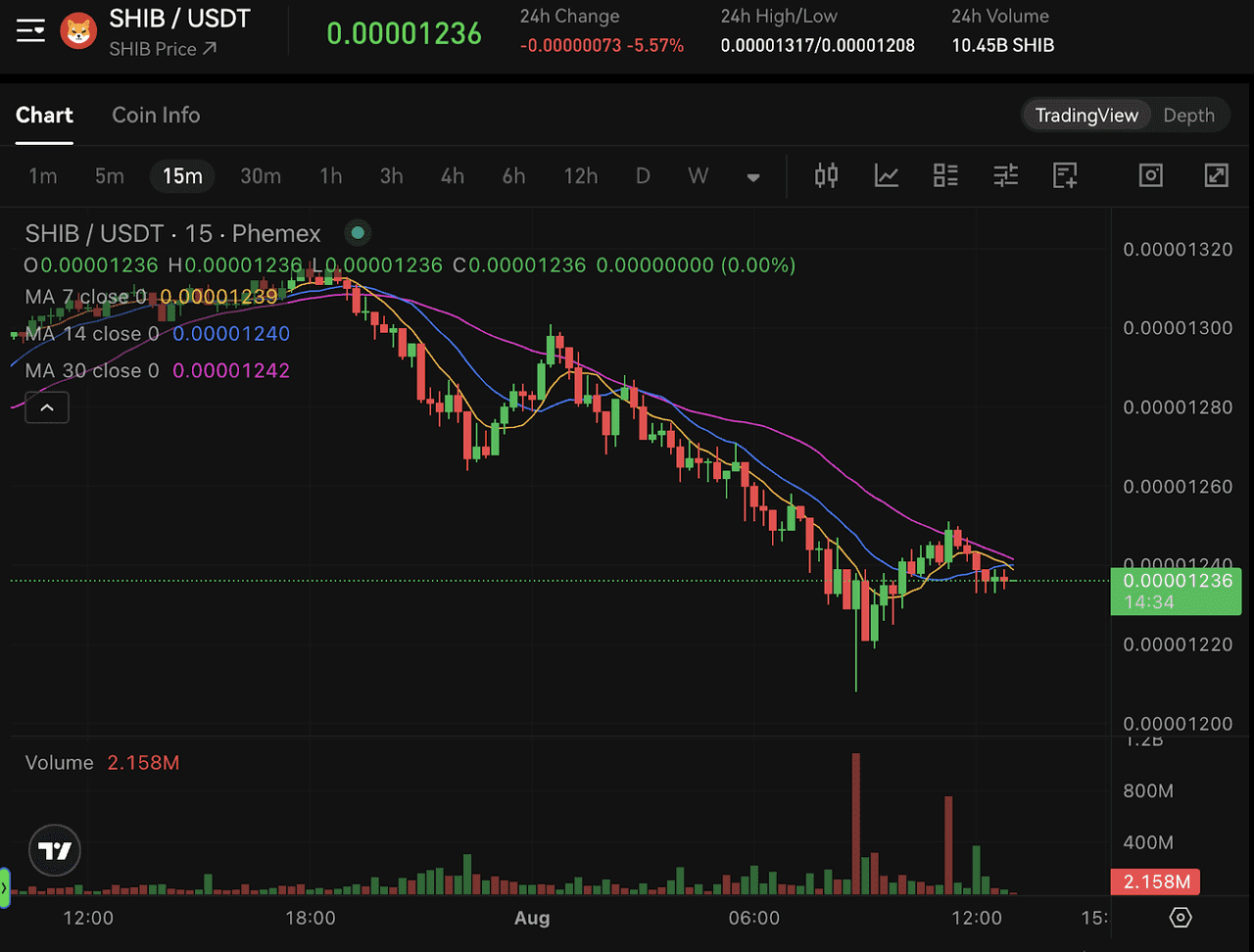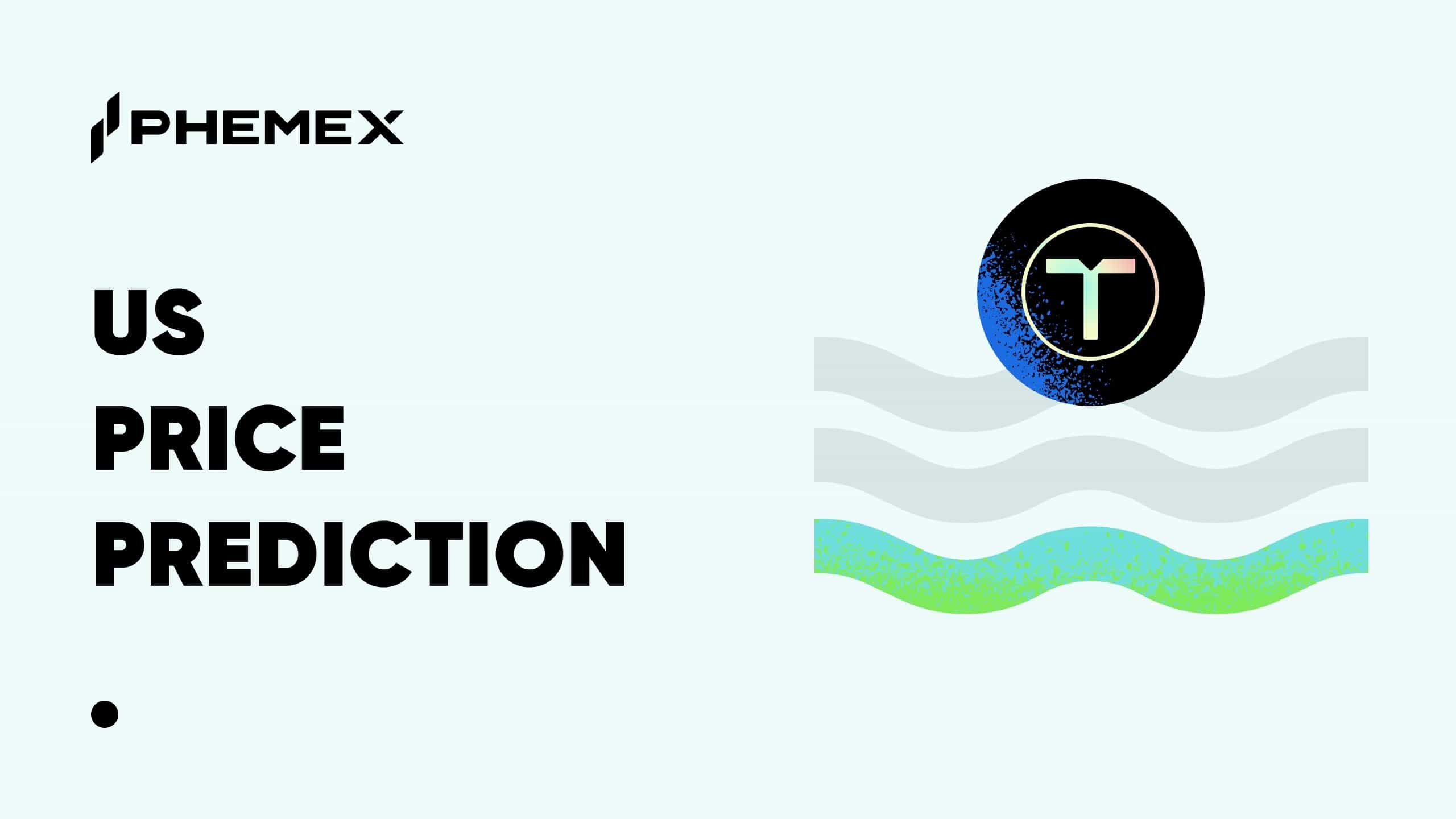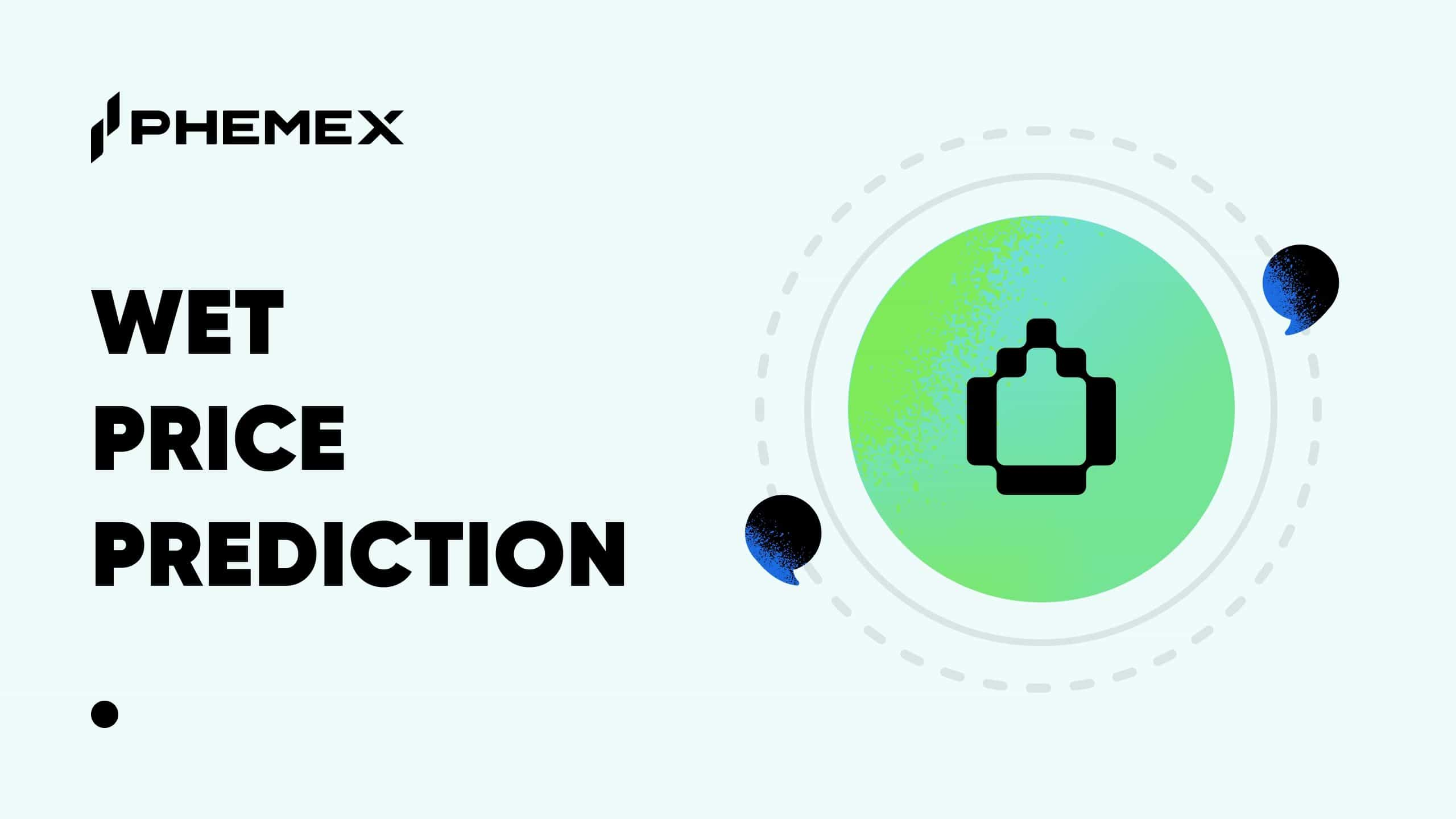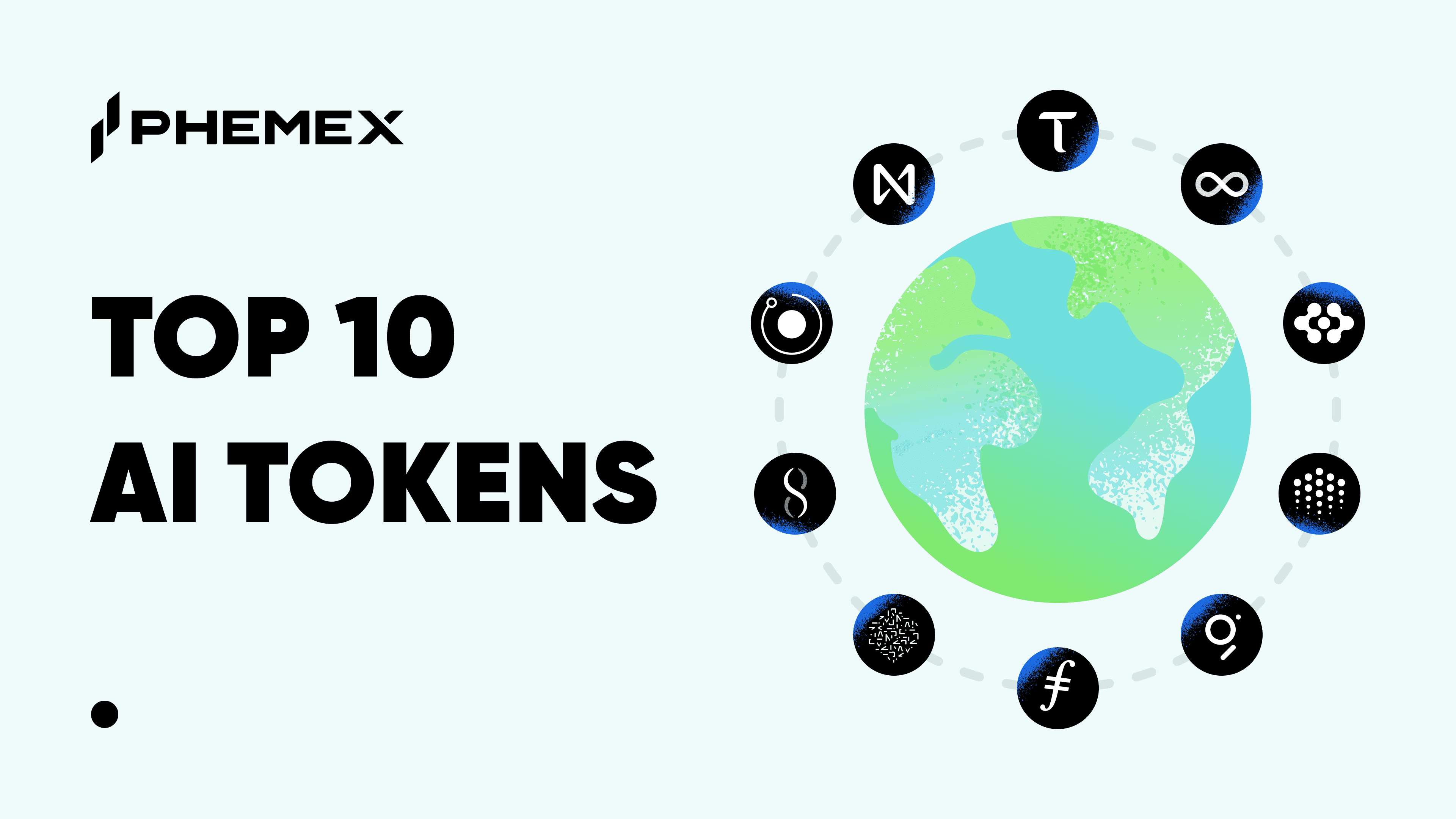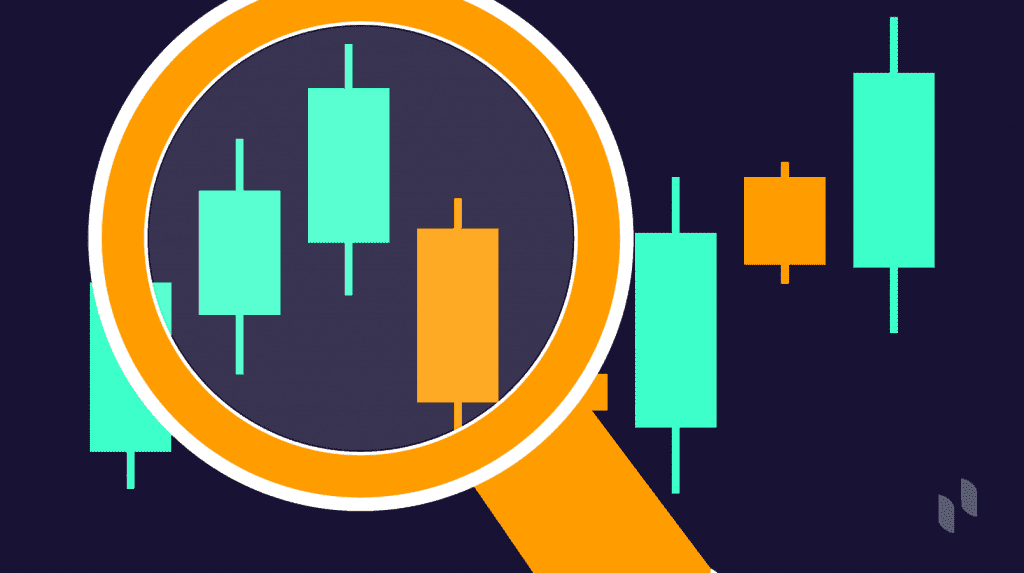Dogecoin (DOGE) and Shiba Inu (SHIB) are the two most famous “meme coins” in crypto - both inspired by the Shiba Inu dog meme and backed by passionate online communities. Dogecoin, launched in 2013 as a lighthearted joke, has evolved into a top-10 digital asset primarily used as a fun internet currency for tipping and payments. Shiba Inu, created in 2020 as an “Ethereum-based alternative” to Dogecoin, rapidly grew a huge community (“Shib Army”) and expanded into a broader ecosystem with its own decentralized exchange and blockchain network. As of July 30, 2025, Dogecoin remains the larger of the two by market capitalization. Both tokens are listed on major exchanges, including availability on Phemex where traders can easily buy or sell DOGE and SHIB. In this comparison, we’ll examine each coin’s origins, technology, supply model, utility, and performance to see which meme coin reigns supreme in 2025.

What is Dogecoin (DOGE)?
Dogecoin is the original meme cryptocurrency, created in December 2013 by Billy Markus and Jackson Palmer, based on the popular “Doge” meme. Initially a parody of Bitcoin, it developed into a vibrant community-driven digital currency. Dogecoin operates on its own blockchain (a fork of Litecoin) using a Proof-of-Work mining mechanism with the Scrypt algorithm and adds blocks roughly every minute, handling about 30-40 transactions per second at very low fees (around $0.002).
Its supply model is inflationary, with no hard cap on total supply; miners earn a fixed reward of 10,000 DOGE per block, adding about 5 billion DOGE annually, leading to a predicted inflation rate of 3-4% by 2025. By mid-2025, the circulating supply reached approximately 150 billion DOGE.
Originally used for online tipping, Dogecoin has gained real-world adoption as payment, accepted by over 3,000 businesses worldwide. High-profile endorsements, including from Elon Musk, have contributed to its mainstream awareness. With its fun branding and community spirit, Dogecoin has transformed from a joke into a serious crypto asset, ranking among the top coins by market cap and promoting inclusivity in the crypto space.
Dogecoin vs. Shiba Inu
What is Shiba Inu (SHIB)?
Shiba Inu (SHIB) is an Ethereum-based meme token launched in August 2020 by an anonymous developer named “Ryoshi.” Known as the “Dogecoin killer,” SHIB aimed to build a decentralized ecosystem while riding on Dogecoin's popularity. Initially an ERC-20 token, it now benefits from Ethereum’s Proof-of-Stake blockchain, improving energy efficiency.
Despite starting as a meme coin, Shiba Inu developed into a multifaceted ecosystem with ShibaSwap, a decentralized exchange launched in 2021 for trading, staking, and farming tokens. The project includes two other tokens: LEASH, intended as a store of value, and BONE, a governance token. In August 2023, Shiba Inu launched Shibarium, a Layer-2 scaling solution to address Ethereum's fees and congestion, enabling faster transactions.
Shiba Inu’s tokenomics differ significantly from Dogecoin’s, launching with a staggering 1 quadrillion total supply. The founder sent 50% of the supply to Vitalik Buterin, who later burned a large portion. The community regularly conducts token burns, and by early 2025, approximately 589 trillion SHIB remained in circulation.
Top Similarities Between DOGE and SHIB
Despite their differences, Dogecoin and Shiba Inu share key characteristics as meme coins. Both originated from the Shiba Inu doge meme and gained popularity through humor and community engagement. Initially viewed as jokes, they built passionate communities that drive their growth without reliance on big companies.
Both DOGE and SHIB have seen explosive price volatility, with Dogecoin rising over 15,000% and Shiba Inu skyrocketing 45,000,000% in 2021, demonstrating their speculative nature. They remain highly volatile and often move with market sentiment.
Their low prices and availability on major exchanges attract retail investors, making them easy to trade and ensuring ample liquidity. Both have also expanded beyond being mere memes, with Dogecoin focusing on merchant adoption and technical enhancements, while Shiba Inu has developed a DeFi ecosystem with features like ShibaSwap.
Ultimately, both coins, tied together by their Shiba Inu theme, share a common ethos and often collaborate on crypto awareness and charitable initiatives. Despite the rivalry, they embody the spirit of the meme coin genre.
Key Differences Between DOGE and SHIB
-
Technology & Blockchain
Dogecoin: Runs on its own Layer-1 blockchain that is based on Proof-of-Work (PoW). It was originally a fork of Litecoin, and it uses Litecoin’s Scrypt mining algorithm (allowing for merged mining with LTC) to validate transactions. Dogecoin’s blockchain is decentralized and secure, but relatively simple – it does not support smart contracts or complex dApps natively. It processes around 30–40 on-chain transactions per second and relies on miners for security, consuming computational power similar to other PoW networks. Over the years, Dogecoin’s core code has seen incremental improvements (often borrowing updates from the Bitcoin/Litecoin codebase), but it remains a straightforward payments-focused chain.
Shiba Inu: Exists primarily as a token on Ethereum’s blockchain (ERC-20), which means it inherited Ethereum’s technology (and initially its Proof-of-Work consensus until Ethereum moved to Proof-of-Stake in 2022). Unlike Doge, SHIB itself doesn’t have its own L1 chain; however, the Shiba Inu project launched Shibarium, a Layer-2 network on top of Ethereum, in 2023. Shibarium is effectively a separate blockchain environment that uses a variant of Proof-of-Stake (called Proof-of-Participation) to achieve faster and cheaper transactions while ultimately anchoring to Ethereum for security. In practice, Shibarium handles SHIB transactions off the main Ethereum chain, reducing congestion and fees. Shiba Inu’s reliance on Ethereum means it can leverage smart contracts: indeed SHIB is fully integrated into the Ethereum ecosystem, compatible with wallets, DEXs, and dApps.
-
Supply Model & Tokenomics
Dogecoin follows an inflationary model with no maximum supply cap. Currently, 10,000 DOGE are minted per block (one block per minute), adding about 5.26 billion DOGE annually. This fixed issuance leads to a gradually decreasing inflation rate, projecting around 3.6% in 2025. The aim was to keep DOGE accessible for transactions, discouraging hoarding, but this lack of scarcity means its value depends on demand outpacing supply.
Shiba Inu, on the other hand, embraces a deflationary model with an initial supply of 1 quadrillion tokens. A one-time burn removed 50% of the supply at launch, and further burns are implemented through community actions and Shibarium transactions, currently reducing circulation to approximately 589 trillion SHIB. Unlike DOGE, no new SHIB is created, and the goal is to increase scarcity over time, though significant reductions in supply will take years.
In essence, Dogecoin's model supports continuous inflation to facilitate usage, while Shiba Inu's focuses on reducing supply through burns to create scarcity. Both approaches differ notably, with neither being a form of "hard money" like Bitcoin.
DOGE Price Chart (source)
-
Ecosystem & Utility
Dogecoin: Primarily serves as a medium of exchange for payments, tipping, and transferring value. Its ecosystem is simple and lacks support for smart contracts, with most activity focused on sending DOGE between wallets. While there are no native DeFi protocols or NFT marketplaces, Dogecoin has integrated into the wider crypto ecosystem through cross-chain services, allowing it to be used in Ethereum DeFi. Institutional interest is growing, but compared to Shiba Inu, Dogecoin’s ecosystem is minimal, prioritizing simplicity and usability as a currency.
Shiba Inu: Offers a richer ecosystem with multiple platforms and tokens enhancing SHIB's utility. Key features include:
-
Shibarium: A Layer-2 network for scalable and low-fee SHIB transfers, enabling future dApps.
-
ShibaSwap: A decentralized exchange for swapping, staking, and earning rewards, connecting SHIB to DeFi.
-
BONE and LEASH tokens: Provide governance and utility, with BONE serving as a gas token on Shibarium and LEASH enhancing token scarcity and utility.
-
Metaverse and NFTs: Plans for a metaverse called "Shibaverse" and Shiboshi NFTs promote engagement in virtual spaces.
-
Stablecoin (SHI): A proposed algorithmically pegged stablecoin to stabilize the Shiba ecosystem.
Overall, Shiba Inu's utility spans payments, DeFi, governance, and gaming/NFTs, evolving from a meme coin into a comprehensive crypto ecosystem. In contrast, Dogecoin remains focused on being a straightforward currency. Each has its unique advantages, appealing to different investor approaches.
-
Transaction Speed & Fees
Dogecoin has a clear advantage in transaction speed and cost on its base layer, with block confirmations occurring in about 1 minute and handling roughly 30 transactions per second (TPS) at very low fees (around $0.001–$0.004 USD), making it ideal for microtransactions. The community even voted to lower fees further.
Shiba Inu's transaction performance varies by chain. On Ethereum’s mainnet, SHIB transactions face slower block times (around 12 seconds) and high gas fees that can reach tens of dollars, making small transactions impractical. However, on Shibarium (Layer-2), transaction confirmations happen in seconds with minimal fees, often costing less than a cent in BONE token. Following Shibarium’s launch, nearly a billion L2 transactions were processed, indicating its efficiency.
While Dogecoin’s TPS is decent, Shibarium can potentially handle hundreds of TPS. Dogecoin uses a Proof of Work (PoW) consensus for security, while Shibarium operates on Proof of Stake (PoS), which is more energy-efficient.
In summary, while Dogecoin historically offered faster, cheaper transactions, Shibarium allows SHIB to match or exceed Dogecoin's efficiency for low-cost transfers. However, using Shibarium requires bridging SHIB from Ethereum, which adds a step. By 2025, both DOGE and SHIB (via Shibarium) are viable options for small payments, unlike higher-fee networks like Bitcoin or Ethereum L1.
-
Adoption, Community & Branding
Adoption: Dogecoin has a significant lead in real-world adoption due to its age and simpler use case since its launch in 2013. By 2025, it is accepted by 2,000–3,000 merchants globally, including Tesla and AMC Theaters. This widespread acceptance has helped it gain recognition as a legitimate medium of exchange. In comparison, Shiba Inu (SHIB), launched later, has around 1,000 merchants accepting it, hindered by its complexity as an ERC-20 token. However, the Shib Army is actively promoting more use cases and gaining traction.
Community & Branding: Dogecoin's community is one of the oldest and friendliest in crypto, known for charitable acts and a light-hearted brand with the popular Shiba Inu dog logo. Celebrity endorsements, especially from Elon Musk, have contributed to its recognition and popularity. Meanwhile, Shiba Inu's community, dubbed the "Shib Army," has grown rapidly and aggressively pushes for exchange listings and engages in token burn campaigns. Initially labeled as the "Dogecoin Killer," SHIB's branding has evolved to reflect a more serious technical approach while still leveraging the success of Dogecoin.
Governance and Organization: Dogecoin has informal governance run by volunteer developers and the Dogecoin Foundation, relying on community consensus for changes. In contrast, Shiba Inu is establishing a more structured governance model through the upcoming ShibDAO, allowing SHIB holders to vote on proposals, thus seeking to become a more decentralized organization compared to Dogecoin. DOGE primarily serves as a medium of exchange for payments, tipping, and transferring value. Its ecosystem is simple and lacks support for smart contracts, with most activity focused on sending DOGE between wallets. While there are no native DeFi protocols or NFT marketplaces, Dogecoin has integrated into the wider crypto ecosystem through cross-chain services, allowing it to be used in Ethereum DeFi. Institutional interest is growing, but compared to Shiba Inu, Dogecoin’s ecosystem is minimal, prioritizing simplicity and usability as a currency.
Performance & ROI Comparison (DOGE vs SHIB)
Both Dogecoin and Shiba Inu have seen significant price movements in recent years.
-
1-Year Performance (Mid-2024 to Mid-2025): Dogecoin has notably outperformed Shiba Inu. In July 2024, DOGE was around $0.13, rising to $0.22–$0.24 by late July 2025, representing an 85%–90% increase. In contrast, Shiba Inu was around $0.000016–$0.000017 in July 2024, dropping to about $0.000013 by late July 2025, equating to a decrease of 15%–20%. Dogecoin's rally in late 2024, supported by factors like Elon Musk's backing, contributed to this divergence, while Shiba Inu lagged.
-
2024 Full-Year Performance: Both coins had a strong 2024. Dogecoin began the year at $0.09 and ended at $0.3157, gaining 251%. Shiba Inu started at $0.0000103 and ended at $0.0000211, with a +105% gain.
-
Year-to-Date 2025: Both coins have retraced some gains in 2025. Dogecoin opened the year around $0.315 and is currently at $0.22–$0.24, down 20%–30%. Shiba Inu opened at $0.0000211 and is approximately $0.000013, down about 35%. Despite this, both have shown some resilience with minor rallies this year.
-
Return on Investment (ROI): Dogecoin has offered substantial ROI since its inception, rising from almost nothing in 2013 to $0.73 in 2021. Shiba Inu delivered impressive early returns, with a peak of 45 million percent in 2021. However, both assets have seen significant declines since their 2021 highs.
-
Volatility & Risk: Both DOGE and SHIB are highly volatile, leading to substantial risks. While they have recovered since 2022, past performance should not be viewed as indicative of future results.
In summary, recent trends favor Dogecoin, with it gaining value while Shiba Inu has declined slightly. However, both have pulled back this year, indicating the unpredictable nature of meme coins.
SHIB Price Chart (source)
Which Should You Choose? – Dogecoin or Shiba Inu?
When considering Dogecoin versus Shiba Inu in 2025, it’s crucial to understand their different appeals. Both are high-risk, speculative assets backed by passionate communities, so your choice should align with your investment goals and risk tolerance.
Choose DOGE if: You value longevity, simplicity, and broad recognition. As the more established coin, Dogecoin benefits from high-profile endorsements like Elon Musk’s, making it a household name. It serves as a straightforward currency and has a lower volatility compared to many altcoins, making it suitable for those who prefer a fun, lighthearted investment. Plus, its real-world usage is more extensive, with plenty of merchants accepting it. If you resonate with its identity as the “people’s cryptocurrency,” DOGE may be your best bet.
Choose SHIB if: You’re excited about innovation and a rapidly evolving community project. Shiba Inu offers unique features like its own DEX and Layer-2 network, appealing to those interested in a developing ecosystem. Its community embraces collective efforts, like reducing supply and creating new utilities. If you’re looking for higher risk with potential for greater reward, SHIB offers that dynamic. It’s an ideal choice for investors keen on DeFi opportunities.
Diversify or Both: Many enthusiasts hold both Dogecoin and Shiba Inu, seeing them as complementary investments. DOGE serves as a stable option for payments, while SHIB represents growth potential. You can even trade both on platforms like Phemex, switching based on market momentum.
In summary, choose Dogecoin for established adoption and simplicity, Shiba Inu for innovative potential, or invest in both to hedge your bets in the meme coin market. Enjoy the vibrant communities surrounding these unique assets!
Conclusion
Dogecoin and Shiba Inu have proven that what starts as an internet joke can evolve into a multi-billion dollar asset with global fanfare. In 2025, DOGE vs SHIB is a reflection of two different paths in the crypto world: one staying true to the original meme coin ethos of simplicity and fun, the other pushing the boundaries and layering on new tech and use-cases. Dogecoin remains the largest meme coin by market cap and recognition, thriving on its role as a decentralized digital currency favored by the masses. Shiba Inu, not far behind, has built an entire ecosystem and continues to innovate, showing that a community can take a meme and turn it into a platform for DeFi, gaming, and more.
If you’re looking to trade or invest in these meme coins, Phemex provides a secure, low-fee, and user-friendly platform to do so. You can buy, sell, or hold DOGE and SHIB on Phemex and join in on the meme coin action anytime. Just remember the golden rule: do your own research and invest responsibly because meme coins are exciting and can yield big gains, but they can also be very volatile. It’s wise to keep a balanced perspective and portfolio.





